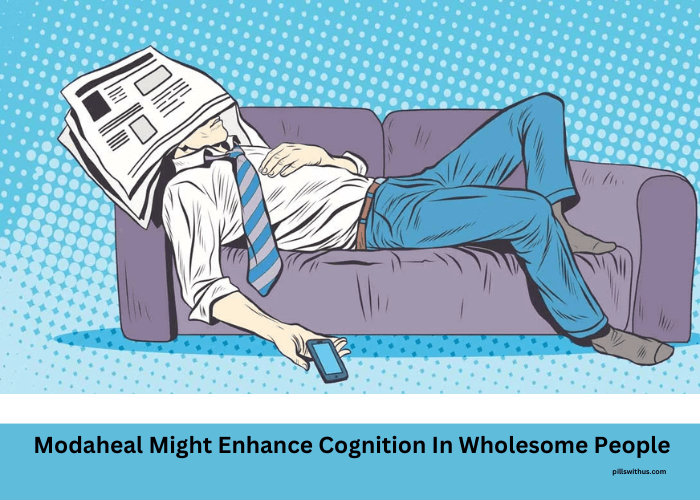Define Neuropathic Pain.
In the United States, neuropathic pain affects over 10% of those over the age of 30. A damaged nerve in any part of the body might result in neuropathic pain. Symptoms usually include:
Burning
Prickling, or tingling (sometimes called “pins and needles”), is a feeling that occurs when nerve endings are stimulate
Numbness of Sensitivity
Sensing temperatures is a challenging task.
There is a risk that even the movement of your clothing might trigger pain signals in the affected area. It’s as if your nerves have forgotten how to tell the difference between painful and nonpainful stimuli.
How often does neuropathic pain occur, and what are some common causes?
Nerve damage is at the heart of neuropathic pain. Anxiety, or damage to the nervous system, might cause this. Nerve damage may also be cause by other medical conditions.
There are four distinct types of neuropathy, each with its own unique characteristics and associated symptoms.
Pain that originates in the brain and spinal cord is called central neuropathy (the brain and the spinal cord)
Nerve damage in the arms, legs, hands, and feet is known as peripheral neuropathy (which are controlled by the peripheral nervous system)
One kind of neuropathy, known as “focal neuropathy,” affects just a single nerve in the brain, hand, chest, or leg.
Tissue deterioration and injury pain coexist in mixed neuropathy (not just nerve damage)
There is a wide variety of causes for all of these painful sensations. The following are examples of such elements:
Diabetic alcoholism
Herpes zoster infection leading to amputation of a limb (shingles)
Chiropractic manipulation Spinal operation
Pain in the back, thighs, or hips
Cancer
Drugs used in chemotherapy
Some Infections (such as HIV or AIDS)
Caused by multiple sclerosis
Pain in the face caused by nerve issues
Alternative nerve disorders
Does My Pain Come From My Nerves?
The identification of neuropathic pain is the first step in its treatment. This may be challenging in many contexts. The symptoms might be vague and fleeting at times. The onset or source of pain may not be immediately obvious. Medical histories are often the first tool used in the diagnostic process. Therefore, your doctor can learn as much as possible about your condition.
Your physician may also use a pain scale while assessing your condition. In order to pinpoint the source of your pain and keep tabs on its progression, your doctor may recommend keeping a pain journal.
A physical examination is important following the medical history. If you have trouble differentiating between sensations like hot and cold or sharp and dull, this may assist.
If your doctor suspects nerve injury after doing these tests, he or she may schedule a nerve conduction study. To determine whether or not the nerves are responding, this device measures electrical activity (and how well).
Blood tests to detect dietary deficiencies may be necessary. Another benefit is that it aids in the exclusion of any alternative chronic medical conditions. If your doctor suspects a problem with your spinal cord or another source of your pain, he or she may order imaging tests.
Neuropathic pain remedies
It may be challenging to discover treatments for neuropathic pain. The common painkillers and NSAIDs may not work for neuropathic pain.
By inhibiting the synthesis of chemicals in the brain responsible for transmitting pain signals, either 150 mg of Pregabalin 150 mg or Pregalin 50 mg may provide significant pain relief. This treatment prevents damage to nerve fibres and speeds up the recovery of damaged nerve cells. All prescribed doses and times of administration must be strictly adhere to.
If at all possible, starting treatment for neuropathic pain with a focus on the underlying cause is the best approach. Your doctor can assess the extent of the damage at this point and maybe perform repairs. The nervous system is very robust, and in certain cases it can even heal and regenerate. Depending on the person, this process might take months or even years.
There are a number of treatment options available to you if the nerve damage you’ve sustained is irreversible or cannot be repaire. Any combination of these techniques may be use by you to manage your pain. Never start a new therapy without first consulting your doctor.
Visit: informedpost





